A Flower Blossom on the Rice (꽃,밥에피다)
10.2Km 2023-10-24
3-6, Insadong 16gil, Jongno-gu, Seoul
A Flower Blossom on the Rice est un restaurant de standing respectueux de l'environnement utilisant uniquement des ingrédients issus de l'agriculture écologique. Il s'agit d'un restaurant réputé parmi les vegans notamment pour ses plats bibimbap.
Temple Jogyesa de Séoul (조계사(서울))
10.2Km 2021-12-22
55, Ujeongguk-ro, Jongno-gu, Seoul-si
+82-2-768-8500
Le temple Jogyesa est un
temple bouddhiste zen en Corée qui a la particularité d’être situé en
plein centre-ville de Séoul. Jogyesa se situe dans une rue perpendiculaire aux rues illuminées de Jongno, et à la rue menant à la station Anguk,
non loin de la rue d'Insadong.
La première chose que l'on remarque
en entrant dans le temple, ce sont les arbres qui font face au bâtiment principal âgés de plus de 500 ans. Un de ces
arbres mesure 26 mètres de haut et procure en été un ombrage apaisant.
Le temple a servi dès 1910 de résidence principale pour le moine Han Yong-un. Le bâtiment principal
érigé en 1938 est majestueux, décoré de nombreuses couleurs. A l’intérieur se trouve une statue du bouddha Sakyamuni. A l’extérieur,
en face, se trouve une pagode de sept étages contenant des reliques de bouddha.
Le temple Jogyesa ne possède pas cette atmosphère solennelle que l’on peut
retrouver dans les temples situés en montagne qui offrent par exemple une
vue panoramique sur la montagne ou sur la mer. Mais, situé en ville, il est facile d’accès et convient aux visiteurs à l’emploi du temps serré. A proximité du temple se trouvent des petites boutiques spécialisées dans la
vente d'articles bouddhistes
(chapelets, écrits, encens, etc) mais également des souvenirs tels que des poupées et des porte-clés. Les personnes intéressées par le bouddhisme y trouveront certainement
leur bonheur.
Jogeum (조금)
10.2Km 2021-03-29
62-4, Insadong-gil, Jongno-gu, Seoul
+82-2-725-8400
It is a Japanese-style hot pot rice store. The best menu at this restaurant is Hot Stone Pot Rice. This Korean dishes restaurant is located in Jongno-gu, Seoul.
Librairie Kyobo, branche de Gwanghwamun (교보문고)
10.3Km 2019-03-26
1, Jong-ro, Jongno-gu, Seoul-si
Le Kyobo est une librairie représentative de la Corée. Avec environ 2.3 millions de livres répertoriés, il est relativement aisé de trouver son bonheur. Ce lieu est souvent bondé avec nombre de clients debouts en pleine lecture. Pendant le week-end, des jeunes aux plus âgés, il y a beaucoup de passage. Le Kyobo est la librairie la plus importante de toute la Corée et divers évènements y sont organisés. Le plus connu est la rencontre entre lecteurs et écrivains du livre du mois. Le Kyobo a aussi 2 magasins : un de musique où l’on peut écouter ses morceaux préférés et une papèterie très fournie. La section livres en langue étrangère est bien connue des étrangers car on peut y trouver maintes livres en langues étrangères. Il est aussi possible de commander des livres lorsqu’ils ne sont pas en rayon. Le quartier est connu pour ses bons restaurants. Si vous désirez goûter un spiritueux populaire et peu cher avec plats d’accompagnement, allez faire un tour au Pimatgol. Il y a aussi différents plats à déguster dans une bonne ambiance. Le Chungjin-dong haejang-guk (bouillon qui soulage des cuites) et les restaurants Mukyo-dong octopus aux alentours sont tout aussi délicieux.
CAFÉ L.vin (카페엘빈)
10.3Km 2021-03-30
271-1, Changgyeonggung-ro, Jongno-gu, Seoul
+82-2-763-7564
This is a place with terrace seats. This cafe is located in Jongno-gu, Seoul. The most famous menu is americano.
Onion Anguk (어니언 안국)
10.3Km 2024-04-09
5 Gyedong-gil, Jongno-gu, Seoul
Onion désigne un café situé dans un hanok datant des années 1920. Le bâtiment a été rénové afin de préserver l'aspect du daecheongmaru et de l'espace madang (espace de la cour) permettant ainsi de profiter des charmes de l'architecture traditionnelle en Corée. Le menu signature est le menu 'vanilla bean latte' ainsi que divers desserts le pain au beurre salé et le gâteau pandoro. L'établissement présente également l'avantage de se situer à proximité de sites touristiques réputés comme le palais Gyeongbokgung, le palais Changgyeonggung ainsi que le palais Changdeokgung.
Palais Changdeokgung et son jardin Huwon (Jardin secret) [Patrimoine Mondial de l'UNESCO] (창덕궁과 후원)
10.3Km 2020-04-16
99, Yulgok-ro, Jongno-gu, Seoul-si
+82-2-3668-2300
Le Palais Changdeokgung est la seconde demeure royale construite après le Palais Gyeongbokgung en 1405. Changdeokgung fut le palais principal de nombreux rois pendant Joseon, et est le mieux préservé parmi les cinq palais de Joseon encore debout. Le jardin à l’arrière, autrefois lieu de détente des rois, peut se vanter d’avoir en son sein un gigantesque arbre de plus de 300 ans, un petit étang et un pavillon. Les terres du palais sont composées d’une zone publique, d’une résidence pour la famille royale ainsi que ce jardin. Le palais servit de bâtiment principal après le règne du Roi Seongjong (9ème roi de Joseon), alors que de nombreux rois l’utilisèrent comme maison d’habitation. Toutefois, il fut incendié durant l’invasion japonaise en 1592. Grâce à Gwanghaegun, le palais fut restauré en 1611 et la nature et l’art y abondent désormais, faisant de lui un endroit incontournable pour les touristes. Il est rempli de biens culturels à visiter tels que les Pavillons Injeongjeon, Daejojeon et Seonjeongjeon ainsi que Nakseonjae. En Décembre1997, le Palais Changdeokgung fut désigné Patrimoine Mondial de l’Humanité par Le Comité du Patrimoine Mondial de l’UNESCO à Naples en Italie. La jardin de Changdeokgung fut construit durant le règne de Taejong et servit d’aire de repos pour les membres de la famille royale. Il fut aussi appelé Bukwon et Geumwon, mais après le sacre de Kojong, il fut renommé Biwon. Le jardin fut préservé dans son état brut autant que possible et l’on a utilisé la main de l’homme lorsque c’en était absolument nécessaire. Buyongjeong, Buyongji, Juhabru, Eosumun, Yeonghwadang, Bullomun, Aeryeonjeong et Yeongyeongdang sont quelques pavillons et fontaines situés dans ce jardin. La meilleure des saisons en ce qui concerne les visites est sans conteste l’automne, lorsque les feuillages sont à leur apogée et que les feuilles commencent à tomber. Il s’agit d’un des endroits que les « Premières Dames du G20 de Séoul » ont visité durant l’évènement en Novembre 2010. Cette destination représente la beauté de la Corée.
Le palais Changdeokgung et son jardin Huwon (창덕궁과 후원 [유네스코 세계문화유산])
10.3Km 2025-07-25
Seoul, Jongno-gu, Yulgok-ro 99
+82-2-3668-2300
Le palais Changdeokgung est le deuxième palais royal construit durant la dynastie Joseon après le palais Gyeongbukgung (1405). Il s'agissait du palais de résidence principal pour beaucoup de rois durant l'ère Joseon, il est considéré comme le palais le mieux préservé des cinq palais royaux. Le site est constitué d'une place publique, d'un bâtiment pour la famille royale et d'un jardin. Connu comme un palais de repos pour les rois de la période, le jardin du palais abrite notamment un arbre géant de plus de 300 ans, un petit étang et un pavillon.
Le palais a été brûlé par des citoyens en colère en 1592 lors de la période d'invasion de la Corée par le Japon. Avec l'intervention de Gwanghaegun, le palais fut restauré en 1611. Encore aujourd'hui, le palais abrite nombre de trésors culturels importants comme le hall Injeongjeon, le hall Daejojeon, le hall Seonjeongjeon, et Nakseonjae.
Le jardin 'Huwon' du palais a été construit durant le règne du roi Taejong et servait de lieu de repos pour les membres de la famille royale. Le jardin n'a été que très peu modifié depuis sa création. La meilleure période pour apprécier le jardin est l'automne (fin septembre, début octobre), le site permet en effet d'admirer de très beaux feuillages d'automne.
Le palais Changdeokgung a été classé au patrimoine culturel de l'Unesco en décembre 1997 (comité de Naples).
Le palais a notamment été sélectionné comme lieu de visite pour les épouses de président durant le sommet Seoul G20 (novembre 2010).
Insa Art Plaza (인사아트 프라자)
10.3Km 2020-04-23
22, Gwanhun-dong, Jongno-gu, Seoul-si
+82-2-730-9969
Insa Art Plaza est un grand centre commercial s’occupant de tout ce qui touche à la Corée : artisanats traditionnels réalisés par de grands artistes, potteries à usage quotidien, objets laqués, arts en hanji (papier traditionnel coréen), accessoires en argent/cristal/perle, porte-clés pour téléphones portables, étuis à parfums, thés traditionnels, baguettes traditionnelles et bien d’autres encore. Les clients peuvent y acheter des produits de grande qualité à des prix raisonnables.
Boutique Duty Free de Donghwa (동화면세점)
10.3Km 2021-02-19
149, Sejong-daero, Jongno-gu, Seoul
+82-2-399-3000
La boutique hors taxe Donghwa vous propose les meilleures marques du monde entier choisies par sa propre équipe d’achat. Vous pouvez y acheter des nouveautés telles que parfums, cosmétiques, accessoires, maroquinerie, haute couture dans une même boutique. Cette boutique vous propose des marques connues coréennes et étrangères aussi bien que des produits d’artisanat de plusieurs pays.
- Quand acheter : 5 heures avant le départ
- Documents requis : passeport, billet d’avion
- Paiement accepté : won coréen, dollar américain, yen japonais, cartes de crédit
- Livraison : prenez un ticket d’échange à la boutique lors de votre achat et recevez le produit au centre de retrait des produits hors taxe qui se trouve dans le hall de départ de l'aéroport.
- Pour changer l’heure de départ : prévenez la boutique à l’avance
Les marques
CARTIER, SALVATORE FERRAGAMO, GUCCI, HERMES, H.WORLD. LOEWE, LOUIS VUITTON, PRADA, BURBERRY, COACH, DUNHILL.
- Centre du service clients DFS Japon, Tel) 81-476-33-1911
- Centre du service clients DFS Corée, Tel) 02-732-0799
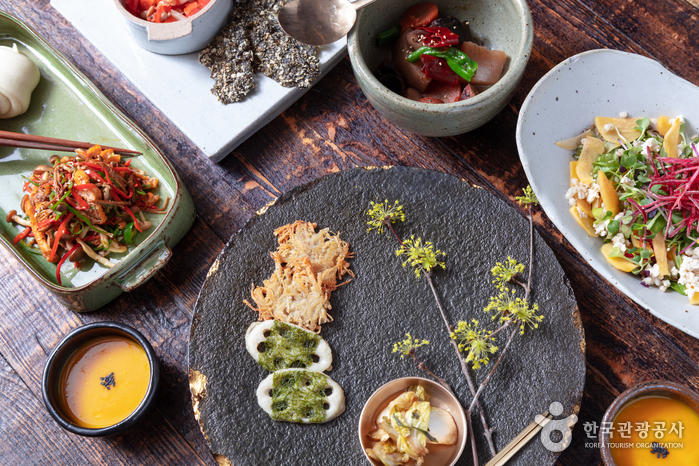
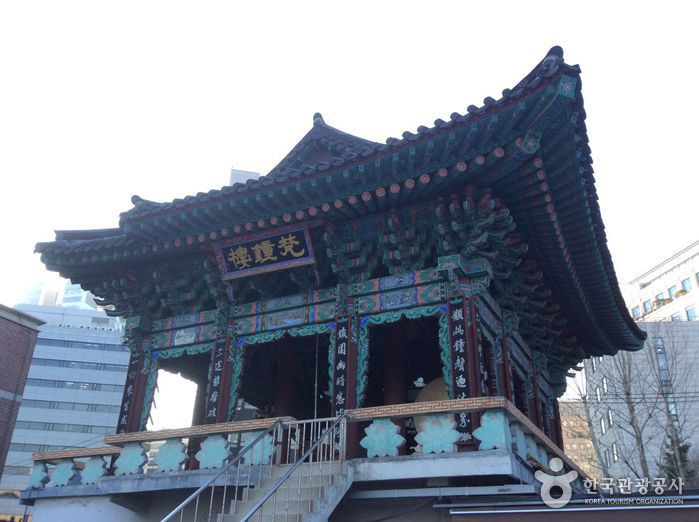
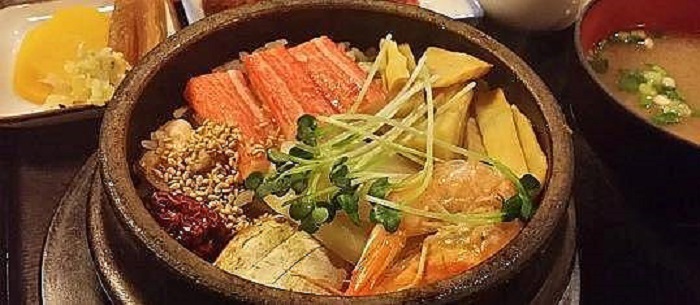
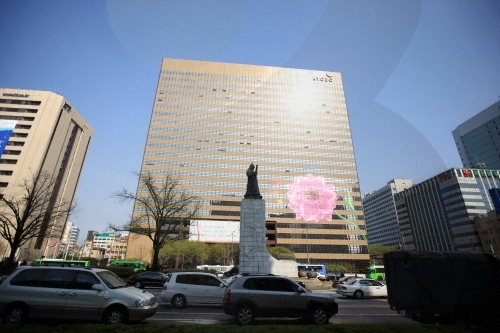
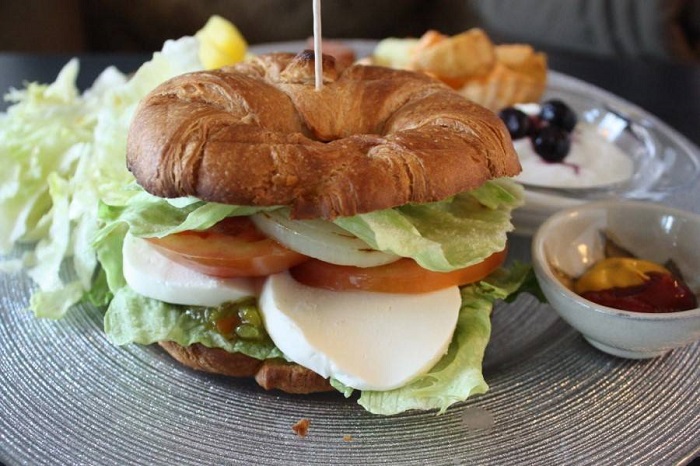
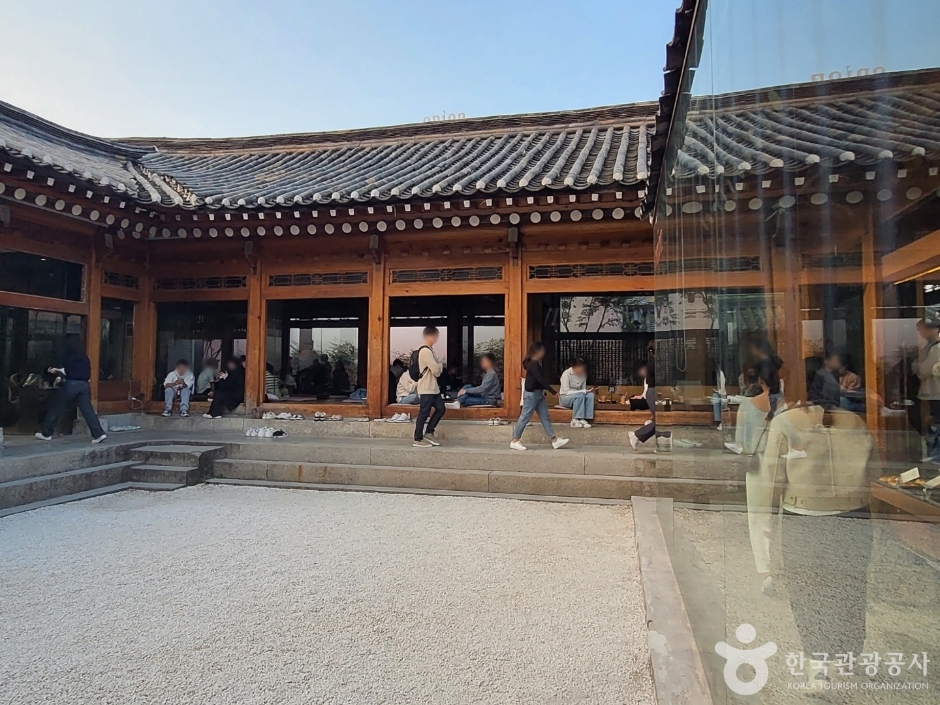
![Palais Changdeokgung et son jardin Huwon (Jardin secret) [Patrimoine Mondial de l'UNESCO] (창덕궁과 후원)](http://tong.visitkorea.or.kr/cms/resource/31/654531_image2_1.jpg)
![Le palais Changdeokgung et son jardin Huwon (창덕궁과 후원 [유네스코 세계문화유산])](http://tong.visitkorea.or.kr/cms/resource/50/2678650_image2_1.jpg)
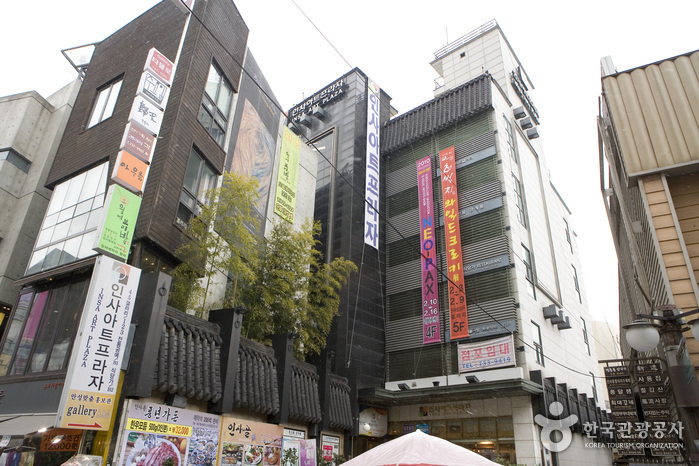
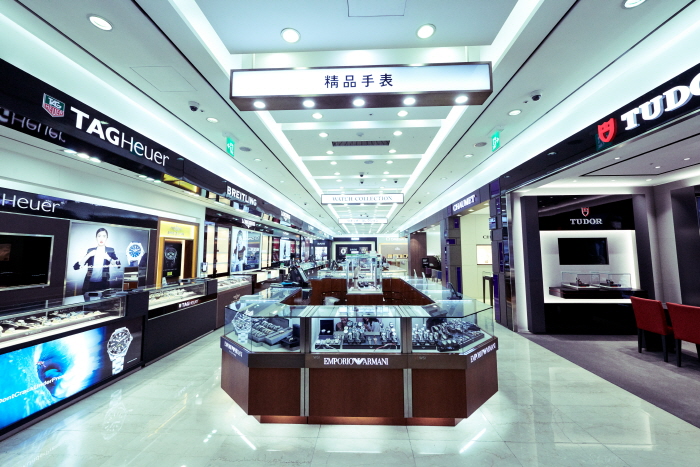
 Français
Français
 한국어
한국어 English
English 日本語
日本語 中文(简体)
中文(简体) Deutsch
Deutsch Español
Español Русский
Русский